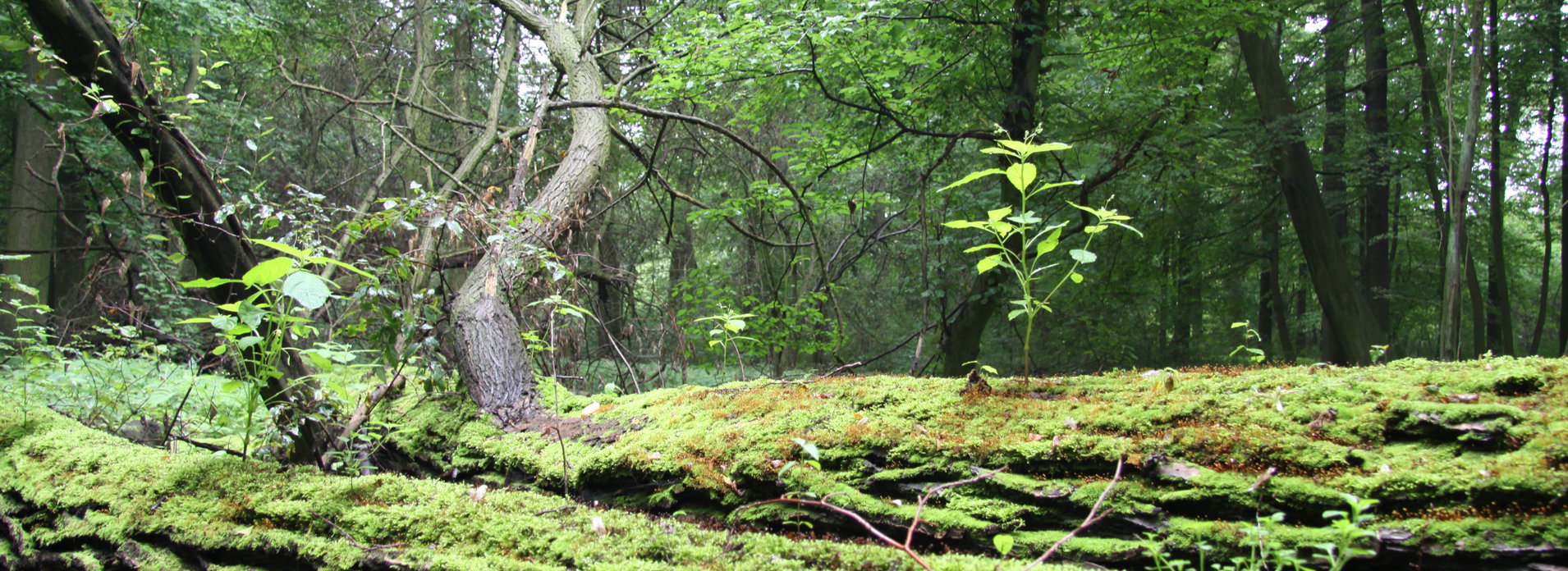
Plants and Animals of the Floodplain
Floodplains are areas that experience periodic large-scale flooding events and are subject to the transition from high to low water periods. The largest complex of floodplain forest have been maintained in our region. The plants and animals here are adapted to the changing water conditions. In areas of the floodplain that are subject to frequent and longer-duration flooding events, willows dominate. Their elasticity is well suited to survive the flowing waters. In areas with less frequent and shorter flooding events, oaks, elms, and maples dominate. The floodplain and its forests have been heavily impacted by the construction of levees and other river engineering works. More the three-quarters of the Elbe's floodplain forests are located within the Middle Elbe biosphere reserve. The variety of habitats enables the existence of numerous species of plants and animals. Over 1000 different plant species have been surveyed. The flora of the biosphere reserve is characterized by the expansive floodplain forests, floodplain meadows, aquatic and emergent vegetation of the backwaters, the vegetation of the river banks, as well as the dry meadows and sand barrens of the dunes. The fauna is just as diverse. Over 40 mammal species have been recorded. The butterflies are particularly noteworthy among the invertebrates, with over 500 species present. There are also approximately 50 species of dragonflies, 132 species of bees, 30 species of beetles, 25 species of ladybugs, 28 species of ants, and over 50 species of mollusks. The floodplains are also ideal habitat for many bird species. Some 150 bird species are known to breed here, 100 additional species feed, nest, or overwinter here. The once almost extinct Elbe beaver survived in the area between Wittenberg and Magdeburg, and now numbers some 500 individuals within the Middle Elbe Biosphere Reserve.